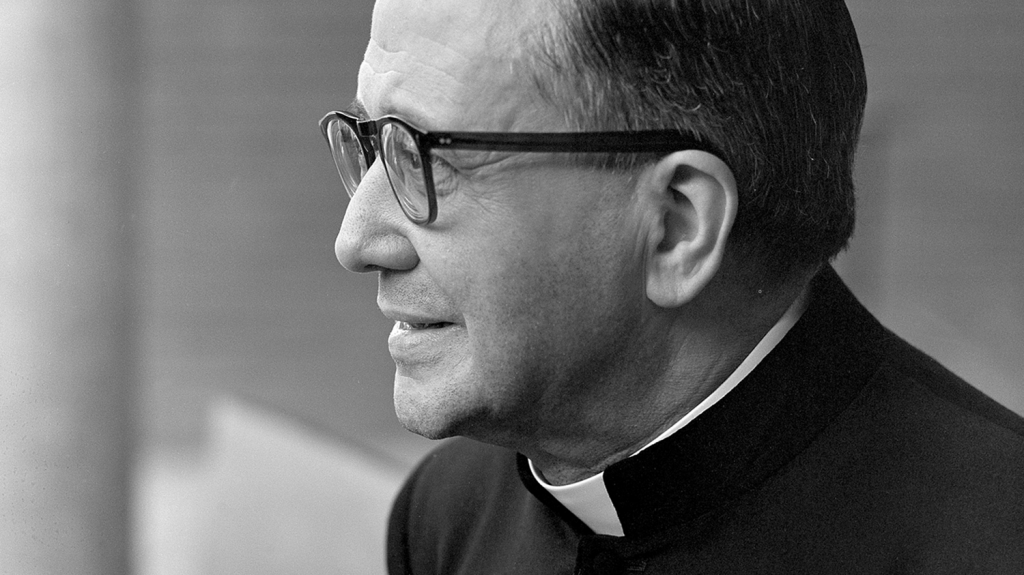St Josemaría Escrivá, the controversial founder of the Catholic society Opus Dei, was born today in 1902, in Aragón, Spain. Opus Dei (‘Work of God’), which numbers some 100,000 mostly lay people around the world, teaches that everyone, in the midst of ordinary life, is called to a life of holiness, and you do not have to become a monk, nun or priest to be a saint. Escrivá founded the society in 1928, when he was in his mid-20s, and since then it has been accused of behaving like a reactionary, secretive, sexist cult, with an excessively strict spirituality that includes self-flagellation. Others have argued that the accusations are overblown, and the Vatican is clearly a fan, awarding Opus Dei the papal seal of approval in 1950, and making Escrivá a saint in 2002. His book of practical spirituality, The Way, has been translated into 43 languages.
‘All the things of this world are no more than earth. Place them in a heap under your feet and you will be so much the nearer to heaven. Gold, silver, jewels: dust, heaps of manure. Gratification, sensual pleasures, satisfaction of the appetites: like a beast, like a mule, like a cock, like a pig, like a bull. Honours, distinctions, titles: things of air, puffs of pride, lies, nothingness.’ Josemaría Escrivá, The Way
Today is the feast of St Philip of Moscow, a monk swiftly raised by Tsar Ivan the Terrible in 1566 to become Patriarch of all Russia, and then just as swiftly deposed and strangled three years later. With unbelievable bravery, Philip publicly refused to bless the tsar during a service of Divine Liturgy because of Ivan’s murderous reign of terror against the Russian nobility. He is a saint and martyr of the Eastern Orthodox Church.
The African missionary Mary Moffat married David Livingstone today in 1845. Mary was the daughter of Scottish missionaries, and met Livingstone on an 18-day trek to Kuruman, a remote mission station in South Africa, in a wagon drawn by oxen, which was her least favourite form of travel. Mary was deeply rooted in southern Africa, knowing its languages and known by its people, making her and Livingstone partners in mission. She crossed the Kalahari Desert twice, pregnant on both journeys, and died of malaria in Chupanga, on the bank of the Zambezi River, Mozambique, in 1862.
Millions of Filipino Catholics will today celebrate the folk-religious festival of El Nazareno Negro, ‘the Black Nazarene’, a life-size statue of Jesus paraded annually through the streets of the Quiapo district of Manila. The kitschy statue, carved in Mexico in the 16th century and brought to the Philippines on a Spanish galleon in 1606, is said to have gained its dark complexion after being scorched in a fire. Some 6.5 million noisy, riotous and adrenaline-charged pilgrims pack the streets for the 20-hour procession, which causes numerous injuries and deaths each year. El Nazareno is believed to have miraculous powers, and everyone tries to touch it, or at least have a piece of cloth rubbed on it so they bring its power into their homes.
It is the feast day of St Hadrian of Canterbury, a Berber abbot and scholar from North Africa who twice turned down the job of Archbishop of Canterbury. On the second refusal, Pope Vitalian insisted that Hadrian should leave his monastery near Naples and travel to Britain, which he did, where he became Abbot of a monastery in Canterbury and travelled the country encouraging scholars and spreading learning.
